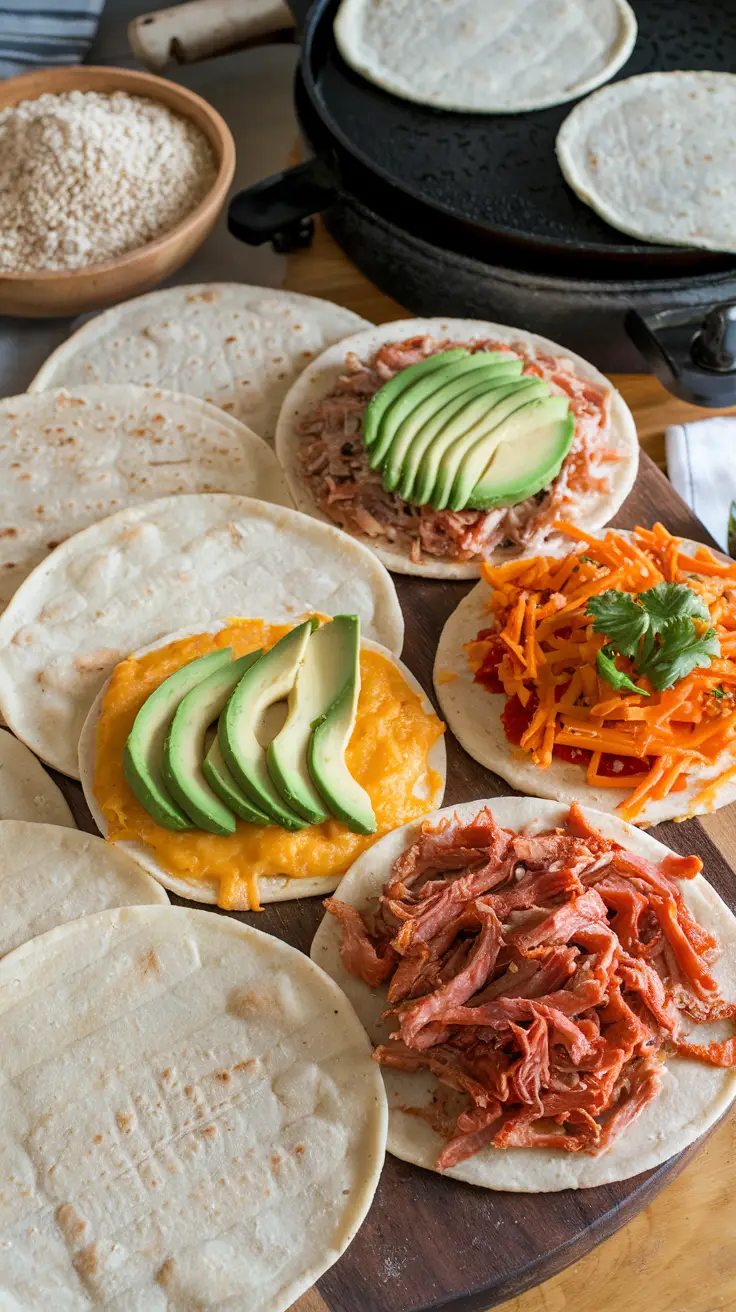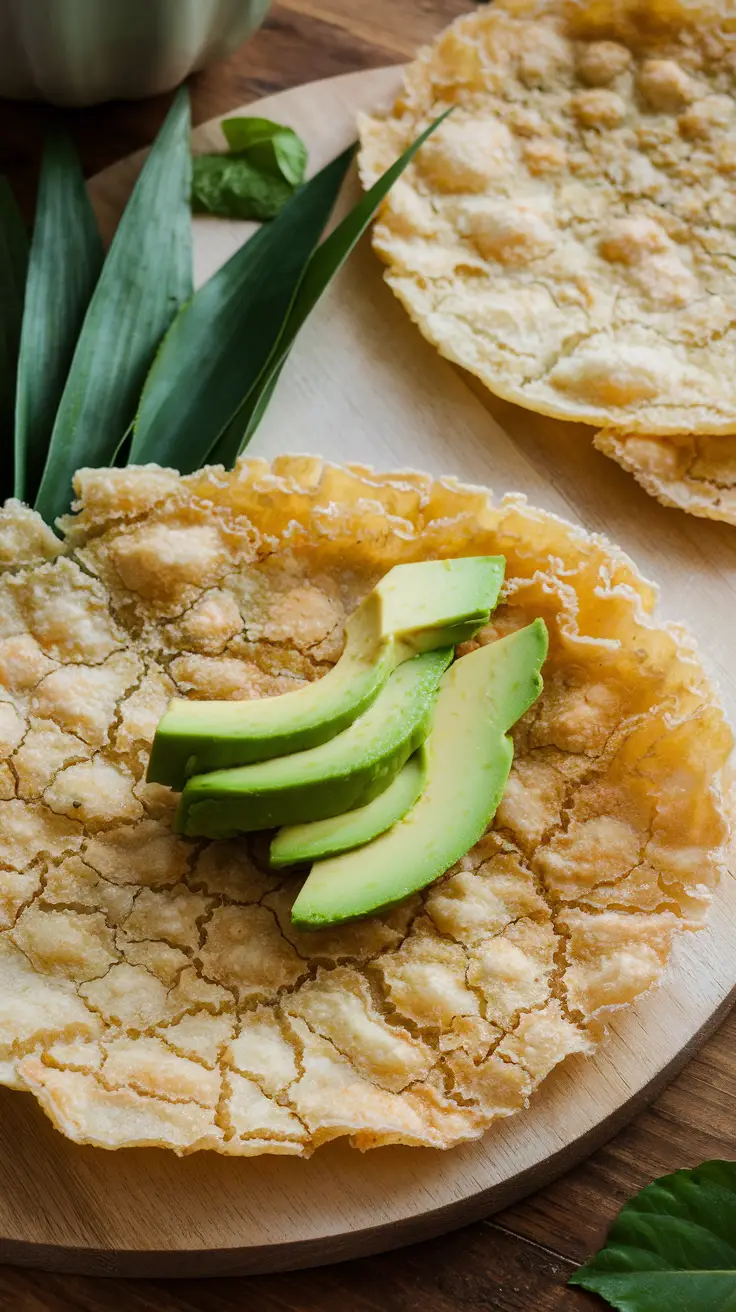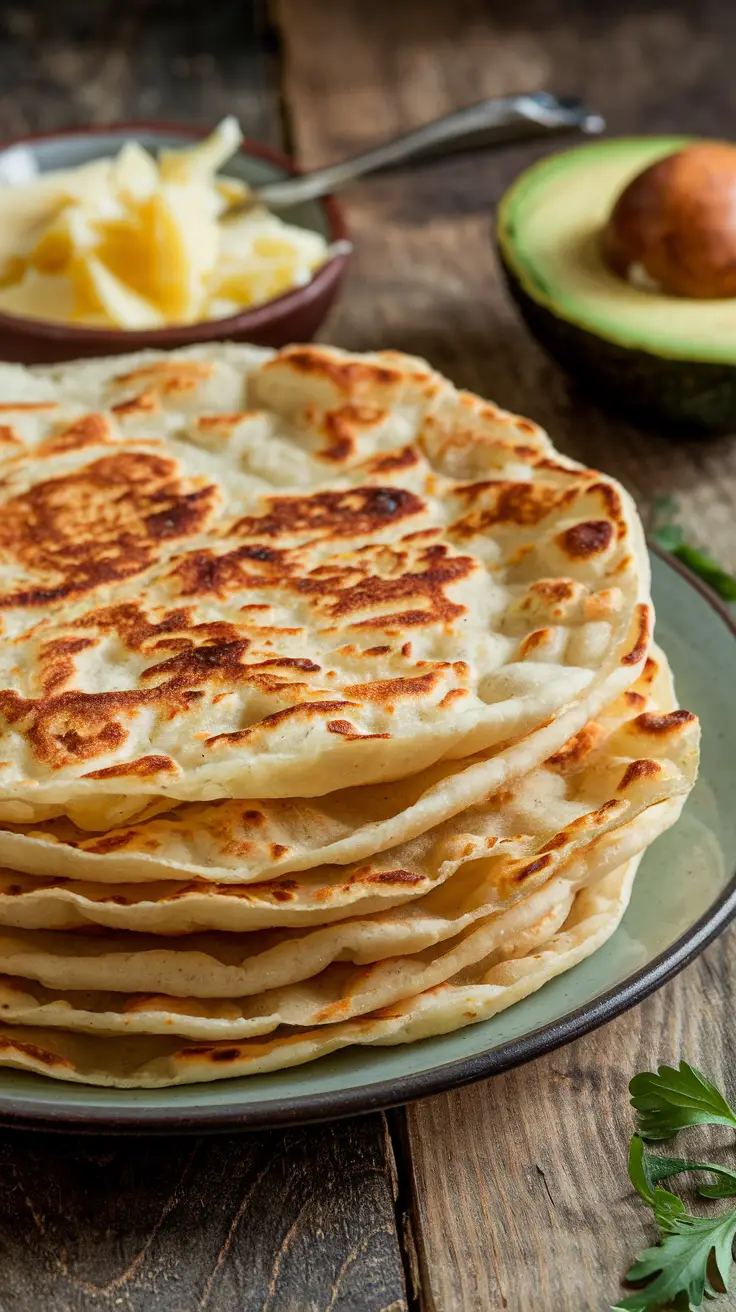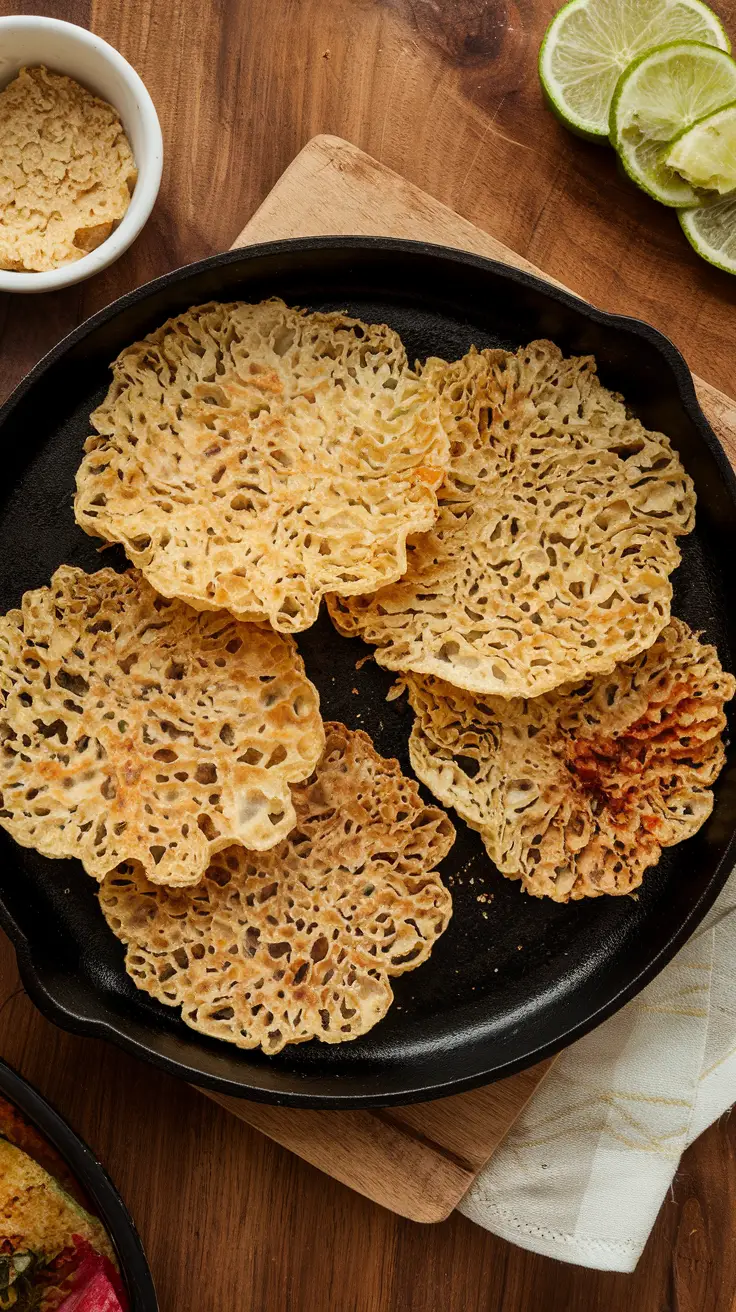Casabe Introduction
Casabe is a traditional flatbread originating from the Caribbean. Primarily made from cassava, this gluten-free delicacy is rich in flavor and texture. To prepare casabe, the cassava root is grated and processed to remove toxins. Once processed, the pulp is pressed and baked, resulting in a crispy, yet chewy flatbread. This unique bread serves as a staple food for many communities. Additionally, it pairs wonderfully with a variety of dishes such as soups, stews, and meats. The versatility of casabe makes it a popular choice across different cultures.

Nutritional Value and Health Benefits
Casabe, a traditional flatbread made from cassava, offers significant nutritional benefits. It serves as a gluten-free option, ideal for individuals with dietary restrictions. In addition, casabe contains essential nutrients, making it a valuable part of a balanced diet.
Nutritional Composition
Casabe is primarily composed of carbohydrates, serving as a quick energy source. Furthermore, it provides minimal fats, contributing to a low-calorie diet. A typical serving also contains fiber, promoting digestive health. Notably, it is low in protein, so pairing it with protein-rich foods is advisable.
| Nutrient | Amount per 100g |
|---|---|
| Calories | 328 |
| Carbohydrates | 83g |
| Protein | 1.2g |
| Fat | 0.6g |
| Fiber | 7g |
Additionally, casabe contains vitamins and minerals such as manganese and potassium, aiding in various body functions. Incorporating this flatbread into meals can enhance nutrient intake while providing a unique flavor. Overall, casabe is a healthy, versatile option for many diets.

Taste Profile and Texture of Casabe
Casabe is a unique dish that stands out for its flavor and texture. Originating from cassava, it boasts a delightful crunch coupled with a slightly chewy consistency. When prepared well, it becomes a perfect base for a variety of toppings.
Flavor Characteristics
The taste of Casabe is typically mild but very versatile. It readily absorbs flavors from sauces and spices, making it an excellent companion for savory dishes. Traditionally, Casabe has a slightly nutty undertone and an earthy aroma. Many enjoy it both plain and adorned with flavorful ingredients.
Texture Analysis
Casabe’s texture is its highlight. Upon biting, you experience an immediate crunch, followed by a satisfying chewiness. The thickness can vary, but ideal Casabe is thin yet sturdy enough to hold toppings without breaking apart. This balance between crunch and chew defines its appeal.
Casabe Versatility
- It can be served as a substitute for bread or as a side dish.
- Casabe works well with dips, meats, and vegetables.
- It is gluten-free, catering to diverse dietary preferences.
Overall, Casabe offers a distinctive culinary experience with its unique taste and texture. Its adaptability ensures it remains a beloved staple in many kitchens.

Culinary Uses and Popular Dishes of Casabe
Casabe is a versatile dish made from cassava. It is often enjoyed in various culinary applications. In many regions, it serves as a flatbread substitute. This gluten-free option is popular for its crispy texture and mild flavor.
Different Ways to Use Casabe
Typically, casabe is served alongside meats and vegetables. It complements stews and soups beautifully. Additionally, many people use it as a base for toppings and spreads.
- As a side dish for grilled meats
- In wraps or tacos with various fillings
- As a crunchy snack with salsa or guacamole
Moreover, it can be transformed into sweet treats. For instance, it’s sometimes used in desserts alongside fruits. Overall, its adaptability makes casabe a beloved staple in many cuisines.
Sourcing and Sustainability
Casabe is a traditional flatbread made from cassava, widely enjoyed in various cultures. Sustainable sourcing of cassava is crucial for the environment. By choosing Cassava sourced from responsible farms, consumers encourage eco-friendly practices. Farmers often use methods that preserve soil health and minimize chemical use. It’s also vital to support local producers who promote fair trade. They invest in their communities and ensure better livelihood for local families.
By opting for sustainably sourced it, you help reduce the carbon footprint associated with long transport distances. Additionally, products that prioritize sustainability often carry certifications. These certifications assure consumers of the product’s quality and the ethical practices involved in its production. Therefore, supporting sustainable sourcing of casabe contributes to a healthier planet.
How to Select and Store
Selecting the right Casabe is essential for enjoying its unique flavor and texture. Begin by checking the packaging for freshness. Look for a product that is sealed well and free from moisture. It should feel firm when pressed gently. Additionally, avoid any that show signs of breaking or crumbling.
Storage Tips
To maintain its quality, store Casabe in a cool, dry place. Here are some tips for optimal storage:
- Keep it in an airtight container to prevent moisture absorption.
- Avoid direct sunlight as it can degrade the quality.
- Use within the expiration date for the best taste.
It can also be refrigerated if you live in a humid climate. Doing so helps preserve its texture. However, ensure it is well-sealed to avoid absorbing odors from the fridge. Following these guidelines will enhance your enjoyment of this traditional dish.

Preparation Tips and Techniques for Casabe
Preparing Casabe requires attention to detail and some specific techniques. First, choose the right cassava root. Ensure it is fresh and free from blemishes. To begin, peel the cassava thoroughly to eliminate the bitter layer. After peeling, rinse the root carefully to remove any contaminants.
Steps to Prepare Casabe
- Grate the cassava using a box grater or food processor.
- Extract the liquid by placing the grated cassava in a cheesecloth and squeezing out as much moisture as you can.
- Spread the grated cassava evenly on a flat surface, ideally a large circle.
- Cook it over medium heat until it turns golden brown, flipping halfway through.
This method ensures a crisp texture. Remember, practice makes perfect. Adjust the cooking time based on your preference for crunchiness. Additionally, experiment with seasonings to enhance flavor.
Recipe Inspiration
If you’re looking for culinary ideas, Casabe can inspire many delicious dishes. This traditional flatbread, made from cassava flour, offers a unique texture and flavor. It pairs well with various toppings and ingredients for a wholesome meal.
Consider serving Casabe as a base for savory or sweet toppings. For example, you can top it with avocado and a sprinkle of salt. Alternatively, try it with a mix of sautéed vegetables for a delightful vegetarian option.
You can also use it as an accompaniment to soups or stews. It’s excellent for absorbing flavors and adds a satisfying crunch to any dish. Additionally, Casabe can be enjoyed as a snack with dips like hummus or guacamole.
Ultimately, the versatility of it is remarkable. With a bit of creativity, you can incorporate it into your meals effortlessly. Enjoy experimenting with different combinations to find your favorite!
Fun Facts and Trivia
Casabe is a traditional food made from cassava, a root vegetable. Known for its crispy texture, it originates from various Latin American countries. It serves as a popular alternative to bread. Interestingly, this flatbread has been consumed for centuries, tracing back to indigenous cultures. Additionally, it is gluten-free, making it suitable for those with gluten sensitivity.
- It is versatile; it can be eaten plain or topped with various ingredients.
- In some communities, Casabe-making is a ceremonial process.
- The dish is rich in carbohydrates, providing energy for daily activities.
Casabe: Conclusion and Dining Experience
Casabe, a traditional flatbread, offers a unique dining experience. Its distinct flavor complements various dishes. Often served with soups and stews, it adds a delightful crunch. Many enjoy it as a substitute for bread or tortillas. It can also be eaten with dips, enhancing its versatility.
Moreover, it is known for being gluten-free, appealing to health-conscious individuals. This ancient staple is rich in history, connecting diners to Afro-Caribbean heritage. When shared among friends, it fosters a communal dining atmosphere. In conclusion, incorporating Casabe into meals introduces not just flavor but cultural significance.
